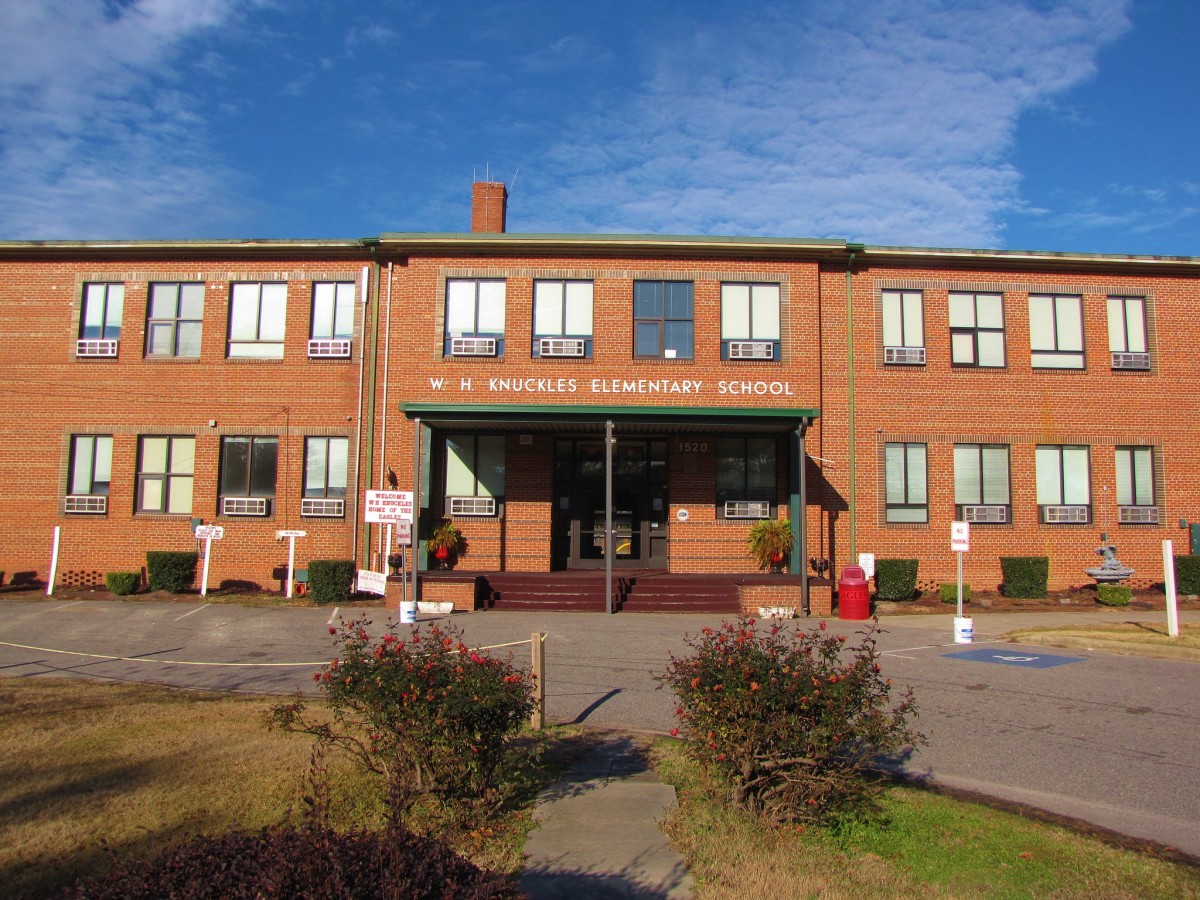Siblings Hannah and Hilary Heishman were born and raised in Moorefield, a town of some 2,500 in West Virginia’s eastern panhandle.
Hannah and her husband, Kris Jenkins, have built a life for themselves in Moorefield. They’re both veterans and volunteer for all manner of vet-related activities throughout Hardy County – barbecuing at fundraisers, helping out whenever and wherever they can.
Hilary, who now lives in New Jersey, regularly returns home. She was there last week, having dinner with her family, and, she recounts, “The police scanner was on. Because that’s normal, right?”
Hannah and Kris overhear that an ambulance is headed to the local VFW, a place the couple knows well. Hannah is an EMT and all at once, she and her husband jump up from the table, en route to assist.
Hilary tells the story not only for what it confirms about her family, but because, from her perspective, it underscores a truth about rural America at large – one substantiated in a newly released report.
Last week, the Robert Wood Johnson Foundation, National Public Radio and the Harvard T.H. Chan School of Public Health released “Life in Rural America,” reporting the results of a telephone survey of 1,320 adults living in rural communities throughout the country. Hilary Heishman is a senior program officer for the Robert Wood Johnson Foundation who assists with the foundation’s rural grant-making.
Its objective was to gain insight into rural Americans’ views on the economic and health issues challenging their communities. Those surveyed asserted that their most pressing concerns are jobs and the local economy and addiction.
This comes as no surprise to anyone familiar with life today in rural communities – certainly not to Heishman – but neither is she surprised by another significant finding of the report: Throughout rural America, optimism abides.
Rural Americans, the authors of the report write, are largely optimistic about the future, with a majority expressing faith in their community and lauding its virtues – foremost, a shared sense of just that: community.
This finding brought reassurance to Heishman. She was relieved, she said, to hear rural residents express “a lot more optimism and satisfaction with their lives” than is more customarily conveyed through “the stories that people choose to tell about rural America – and about Appalachia in particular.”
Certainly, rural America is, in many respects, reeling. Rural communities are staring down some grim truths.
A majority of those surveyed rate their local economy as only fair or poor. They’re concerned about their job prospects. One in three say they need to receive training or develop new skills in order to keep their job or find a better one. Interestingly, though, those without a college degree are more optimistic about solving major community problems than those with one.
Half of those surveyed say the cost of their family’s health care has caused a major financial problem within the last few years.
Drug misuse is of equal concern.
“In particular,” the authors of “Life in Rural America” write, “opioid addiction/abuse have had major impacts on the lives of rural Americans.” A majority state that opioid addiction is a serious problem in their community; about half say they personally know someone who has struggled with opioid addiction.
In rural Appalachia, drugs are of even greater concern than among rural residents as a whole. Four in 10 in the region consider them the most urgent issue facing their community.
Three out of four say that “the problem of people being addicted to opioids in their local community” is a serious one. Two-thirds say the issue has grown worse in the past five years.
Factor into this the findings of another Robert Wood Johnson study, conducted earlier this year, indicating that Appalachia has higher than average mortality rates in seven of the leading causes of death in the U.S., including addiction and suicide, and Appalachians’ concerns are well founded.
Yet, according to the “Life in Rural America” report, “Most rural adults say their lives have either turned out better than expected or about like they expected…and a majority think their children will be better off financially compared to themselves.”
They like where they live. The authors write that many of those interviewed say they feel attached to their community, identifying its intimacy, the virtues of life in a small town and being around good people as its greatest strengths.
“They’re glad to have the help of neighbors,” Heishman said.
Better public schools, new-skills training and long-term job growth, they acknowledge, is required. Outside help will be essential. Among those who cite the need for that assistance, a majority believe the government will play a primary role.
Another finding that echoes Heishman’s everyday experience, and encourages her, is that more rural residents under the age of 50 than above say they’re active in efforts to solve their community’s problems.
“It’s true,” Heishman said. “In just the last few years, we’ve started to see that trend. More and more people under 50 are stepping in to replace the older adults who had been running and planning everything forever.”
In sum, what Heishman hears in “Life in Rural America” sounds like home.
“I loved hearing this hopefulness and optimism that resonates with my actual experiences,” she said, because that optimism is “how you get through when things aren’t easy.”
“People are not giving up,” she attests. “They’re trying to find local solutions to their problems in lots of different ways. And when you have that, it leads to the kind of hope for the future that we saw in this poll.”
There in Hardy County, West Virginia, Heishman’s optimism is embodied in her sister. Four generations of the Heishman family have owned and operated the local newspaper, the Moorefield Examiner. Hannah – veteran, EMT, community volunteer – is today its associate publisher, maintaining a tradition and helping assure that the voice of a community is heard.



